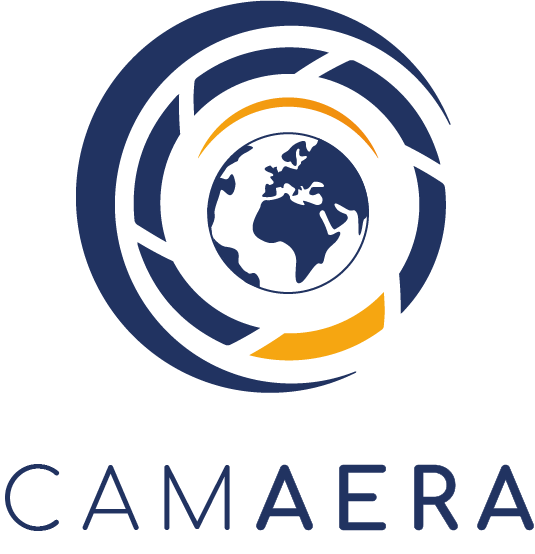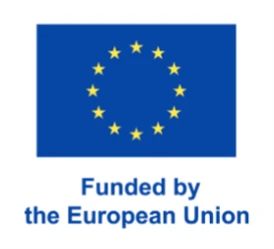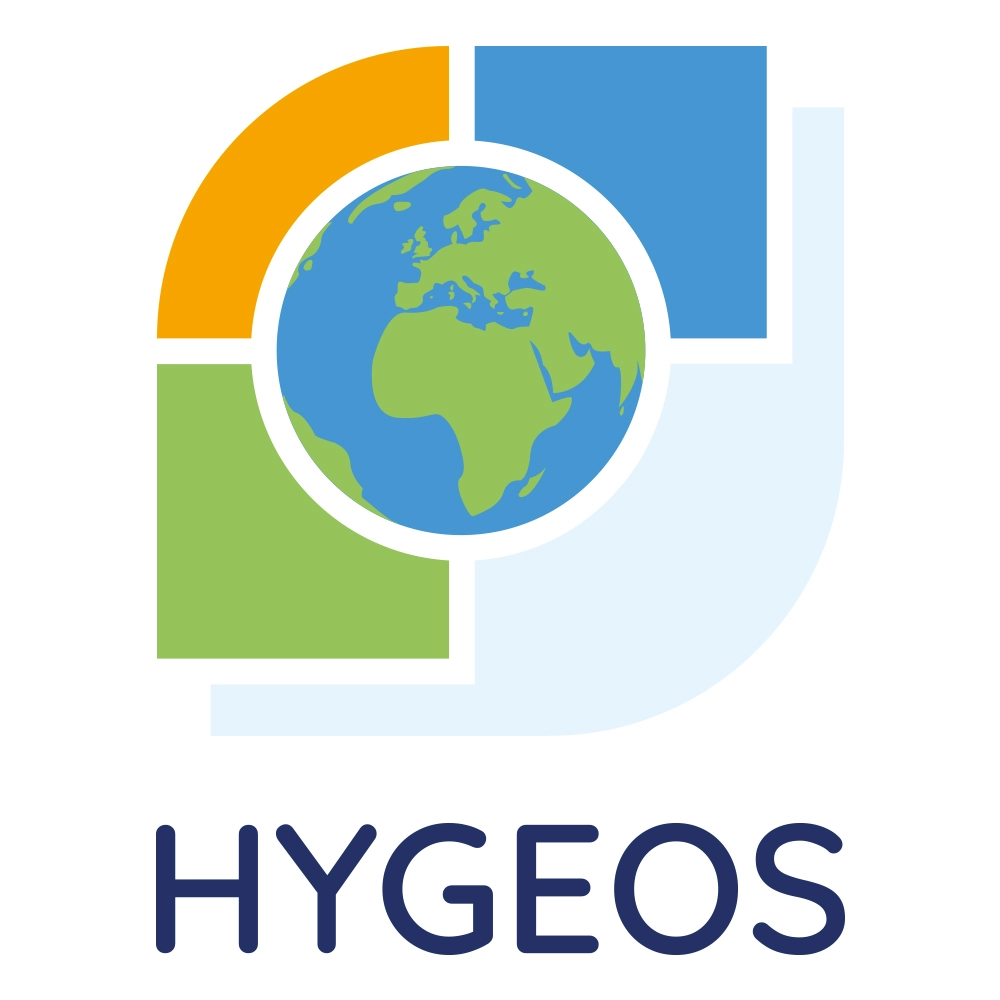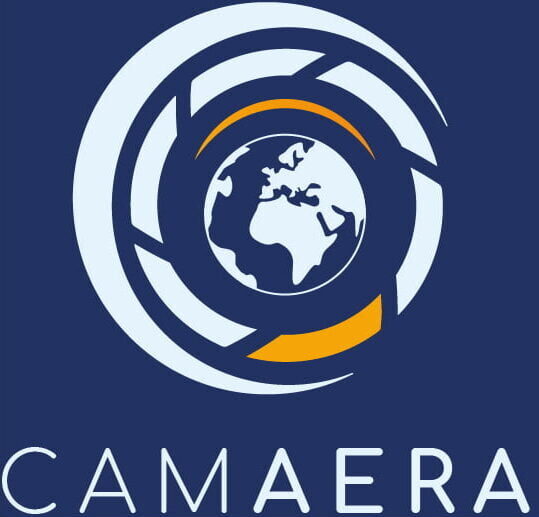Structure
The work package breakdown structure in CAMAERA reflects the priorities of the research and development activities identified for the Copernicus Atmosphere Monitoring Service evolution. They focus on the assimilation of new observational data as well as the improvement of aerosol modelling capacities of the global and regional CAMS production systems.

CAMAERA is split into twelve work packages grouped into 6 themes:
- WP1-2 focus on data assimilation and flux inversion methods, in order to assimilate new streams of data in the global system and provide best estimates of dust emission fluxes.
- WP3-4 implement and adapt a different aerosol scheme into the global system, based on a modal aerosol approach.
- WP5-6 develop, implement and test new parameterizations for online emissions, some of them using machine learning techniques. They also focus on dry deposition, by carrying out a detailed model intercomparison exercise and by implementing a new dry deposition scheme in several models.
- WP7-8 focus on secondary organic aerosols (SOA), with a large fraction of the work dedicated to the emissions of precursor gases from biogenic and anthropogenic sources, and the test of a range of schemes to represent the SOA formation processes.
- WP9-10 aim improving the interaction between the global and regional production systems.
- WP11-12 ensure the project is coordinated and managed in a timely and effective manner. The activities cover administrative and financial support, applying established quality management methods. It also looks after communication and dissemination of the project outcomes from WP1-10.
All WPs operate closely aligned to the current CAMS service, and existing connections between the consortium partners support the inter-WP collaboration in CAMAERA. The main connections between the CAMAERA WPs are shown in figure below.
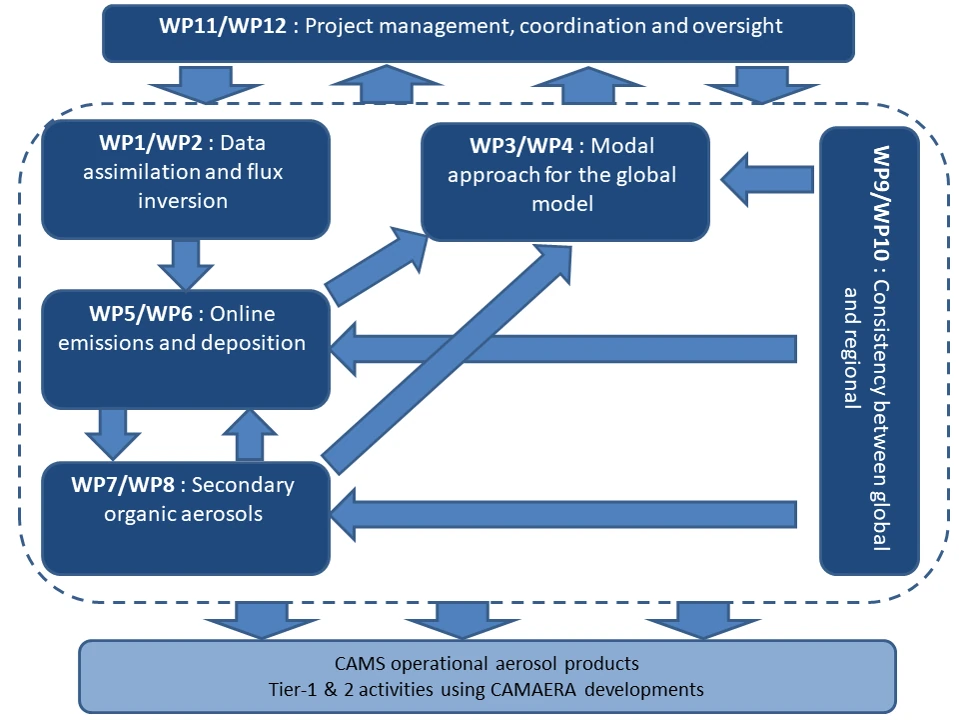
- The best estimate of dust emissions produced in WP1-2 are input to WP5-6 (online emissions and deposition).
- WP5-6 and WP7-8 both focus on dynamical emissions, of dust, sea-salt, ammonia and biomass burning aerosols for the former, and of Secondary Organic Aerosols (SOA) precursors and biogenic primary aerosols for the latter.
- WP3-4 cover the implementation of a modal aerosol approach in the global model which include the topic of online emissions and of SOA. Thus the expertise gained in WP5-6 and WP7-8 are useful also for WP3-4.
- WP9-10 review in-depth the different approaches and specifically for the regional models and the IFS: results from these will feed into all work packages and in particular WP5-6 and WP7-8.
- WP11-12 coordinate the work of all WPs.
Timeline
For each of the first 5 themes, the developments are split in two periods: the first 18 months are dedicated to preparation and implementation while the second part of the project focus on the evaluation exercices as shown in the timeline below. Triangles identify the expected dates of WP deliverables.

